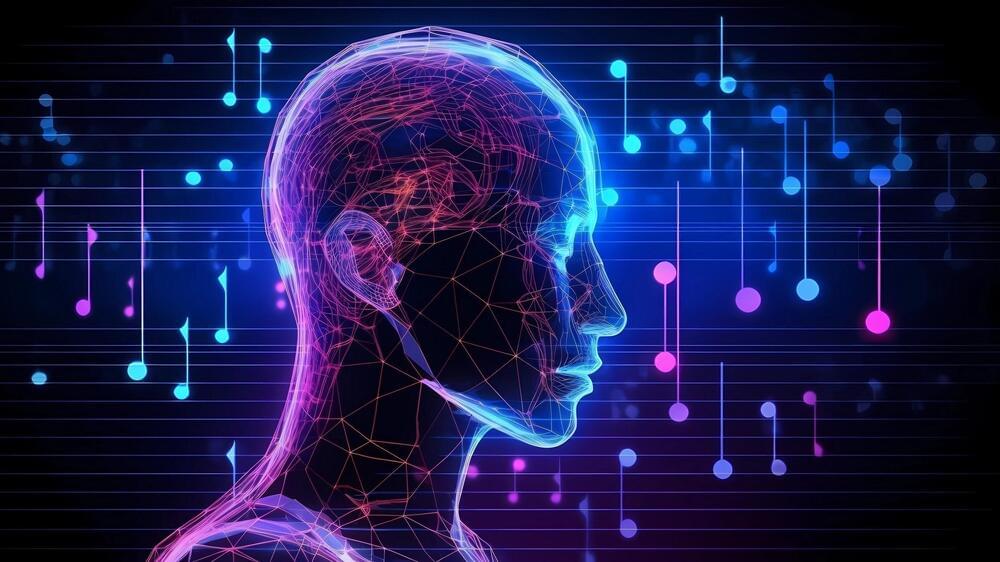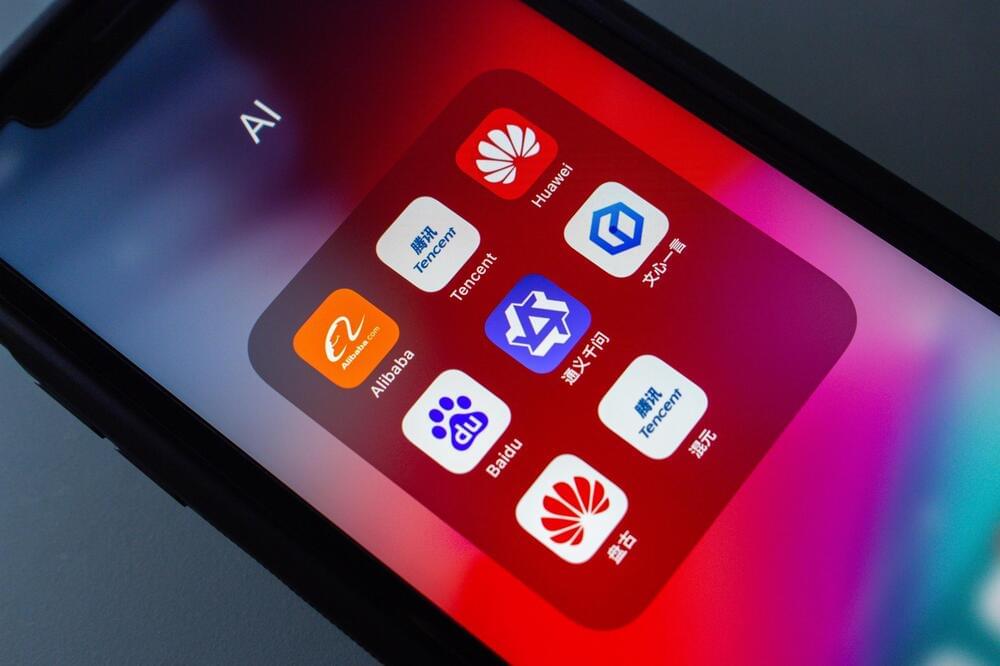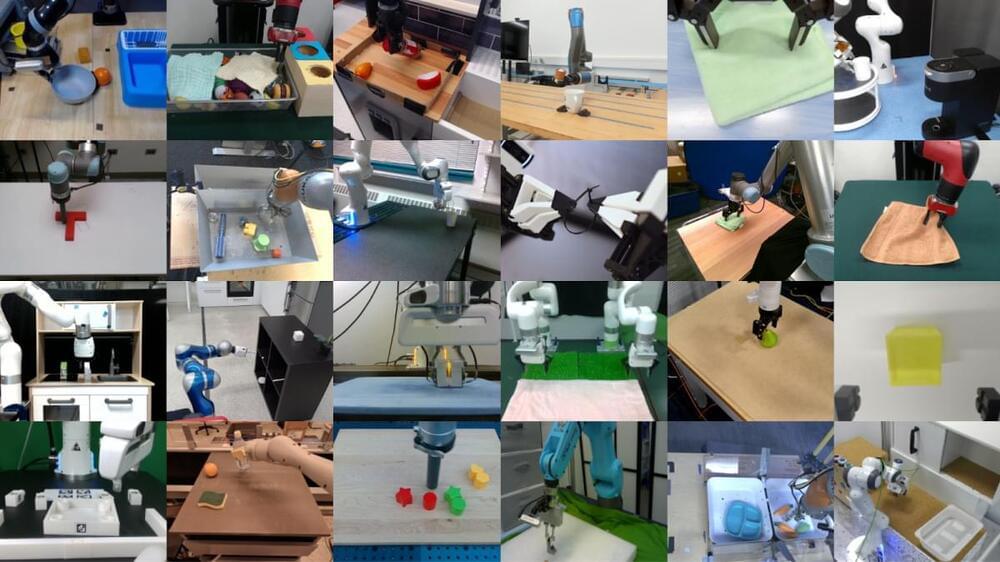For me, one of the most exciting aspects of the recent wave of generative AI technology is the democratizing impact it has on creativity. We’ve seen how anyone can use tools like ChatGPT or Midjourney to express their ideas with words or pictures. And the way we create and listen to music is about to be turned on its head, too.
Loudly is a generative AI-driven music platform that aims to allow anybody to “create, customize and discover music.” Recently, I was joined by founder and CEO Rory Kenny for my podcast, covering a number of topics that I personally find fascinating.
Does AI threaten human creativity by ushering in a future where all of our art and entertainment is conjured up from… More.
Explore how Loudly, an innovative AI-driven music platform, is revolutionizing and democratizing music creation, enabling users to craft unique soundtracks.







